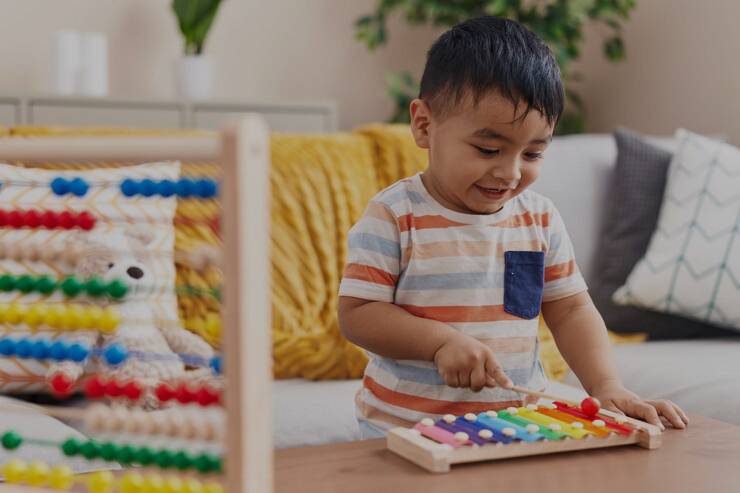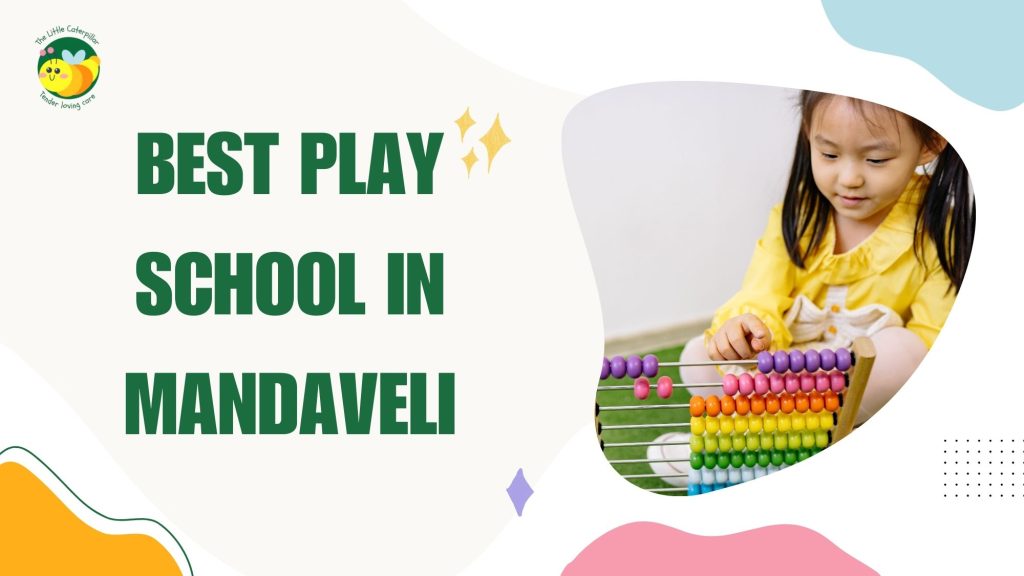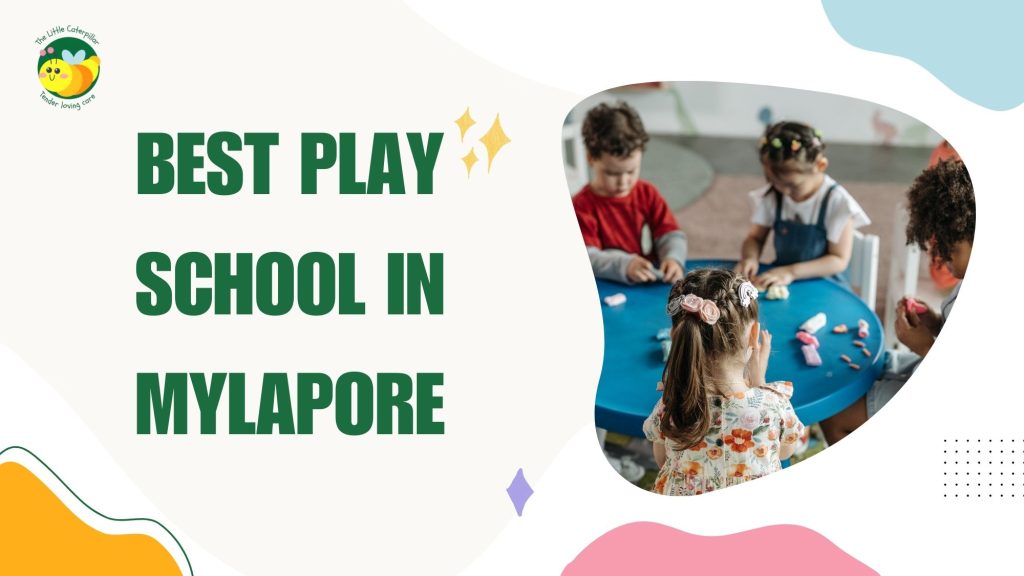Table of Contents
Reggio Emilia Approach in Early Childhood Education
Early childhood education is a crucial foundation for a child’s future growth. The Reggio Emilia approach, developed by educator Loris Malaguzzi and parents in post-World War II Italy, stands out as an innovative and child-centered method. Unlike traditional education models, it focuses on fostering creativity, collaboration, and exploration in young learners. This approach is built on the belief that children are naturally curious and capable of constructing their own learning experiences when placed in a stimulating and supportive environment.
In this blog, we will explore the key principles, historical significance, and practical applications of the Reggio Emilia approach in toddler education and playgroup settings. Additionally, we will highlight the unique benefits it offers for young children’s cognitive, emotional, and social development.
The Origins of the Reggio Emilia Approach
A Historical Background Rooted in Rebuilding and Progress
The Reggio Emilia approach was born out of a desire to create a better future through education. After World War II, families in Reggio Emilia, Italy, sought to rebuild their communities by investing in a progressive educational model. Loris Malaguzzi, a teacher and psychologist, worked alongside parents to develop a system that emphasized creativity, self-expression, and a democratic learning environment.
This child-centered philosophy was designed to nurture independent thinkers, problem-solvers, and confident individuals who could contribute positively to society. Since its inception, the approach has gained worldwide recognition and has been successfully implemented in early childhood education programs globally.
Key Principles of the Reggio Emilia Approach
1. Children as Capable and Competent Learners
At the heart of this approach is the belief that children are not passive recipients of knowledge but active participants in their learning journey. Educators view children as strong, capable individuals who bring unique perspectives and ideas into the classroom. This philosophy fosters self-confidence, independence, and a lifelong love for learning.
2. The Environment as the Third Teacher
The learning environment plays a critical role in the Reggio Emilia approach. Classrooms and play areas are carefully designed to be engaging, inviting, and interactive. Elements include:
- Large windows that bring in natural light.
- Open spaces that encourage movement and exploration.
- Easily accessible materials, such as art supplies and natural objects, to inspire creativity.
- Interactive learning stations where children can collaborate and experiment.
By designing spaces that spark curiosity, children feel a sense of ownership over their learning, encouraging them to explore their surroundings freely.
3. Emergent Curriculum: Learning Driven by Children’s Interests
Unlike traditional education, where lessons follow a predetermined structure, the Reggio Emilia approach tailors learning based on children’s questions and interests. Teachers carefully observe and document children’s conversations, inquiries, and actions to design meaningful projects.
For example, if children show curiosity about rainbows, a teacher may introduce activities that involve:
- Painting rainbows.
- Conducting light prism experiments.
- Learning about the science behind rain formation.
- Creating collaborative murals inspired by nature’s colors.
This flexible approach ensures that learning is always engaging and relevant to the children’s experiences.
4. The Importance of Documentation
Documentation is a vital component of the Reggio Emilia philosophy. Teachers record children’s learning through photos, videos, journals, and portfolios. This serves multiple purposes:
- Encouraging reflection: Children can revisit their work and see how their thinking evolves.
- Involving parents: It provides insights into a child’s progress, strengthening the connection between home and school.
- Guiding future learning: Educators use documentation to shape new lessons based on children’s ongoing interests and growth.
5. Collaboration and Community Involvement
Learning is a shared experience in Reggio Emilia-inspired settings. Teachers, parents, and children work together to foster an environment of mutual respect and shared knowledge. This philosophy extends beyond the classroom, with communities playing an active role in children’s education. Parents are encouraged to participate, share insights, and collaborate on projects, strengthening the child’s learning experience.
Implementing the Reggio Emilia Approach for Toddlers
1. Creating an Interactive Learning Space
For toddlers, an engaging environment is crucial. Reggio-inspired classrooms for young children focus on:
- Safe spaces designed for movement and play.
- Open-ended materials like wooden blocks, mirrors, and natural objects to encourage exploration.
- Cozy reading nooks that foster a love for books and storytelling.
2. Encouraging Sensory Exploration
Toddlers learn best through hands-on experiences. Activities like:
- Water play with cups and containers.
- I explore different textures through clay, sand, and fabrics.
- Sensory bins filled with rice, beans, or flowers for sorting and play.
help develop fine motor skills and enhance cognitive abilities.
3. Supporting Early Social Development
Social interactions are fundamental at this stage. The Reggio approach encourages:
- Small group activities where toddlers work together on art projects.
- Storytime sessions that include interactive discussions.
- Music and movement activities to build social connections and communication skills.
Why Choose the Reggio Emilia Approach for Early Learning?
The Reggio Emilia approach stands out because it:
- Fosters independent thinking.
- Encourages creativity and curiosity.
- Builds strong social and communication skills.
- Creates a love for exploration and learning.
- Strengthens the bond between teachers, children, and parents.
By prioritizing a child’s natural curiosity and promoting collaboration, this philosophy lays a strong foundation for lifelong learning.
Common Misconceptions About Reggio Emilia
The Reggio approach isn’t about unstructured free play with no adult guidance. Rather, it involves careful observation and intentional support of children’s interests. It’s not just for artistic children or wealthy communities – the core principles can be adapted to various settings and populations.
Research Supporting the Reggio Approach
Studies show that Reggio-inspired education develops stronger critical thinking skills, creativity, collaboration abilities, and communication skills – all crucial for success in the modern world. The approach aligns with current brain research about how children learn best through meaningful, hands-on experiences.
Is Reggio Emilia Right for Your Child?
Consider your child’s learning style and personality. Children who are curious, creative, and enjoy self-directed learning often thrive in Reggio environments. However, some children may need more structure initially. The good news is that Reggio’s principles can be adapted to meet individual needs while still honoring children’s capabilities.
Conclusion: Take the First Step Towards Transformative Learning!
Are you ready to empower your child with an education that fosters creativity, independence, and collaboration? The Reggio Emilia approach is the perfect choice for parents who believe in nurturing their child’s potential through hands-on learning and exploration.




